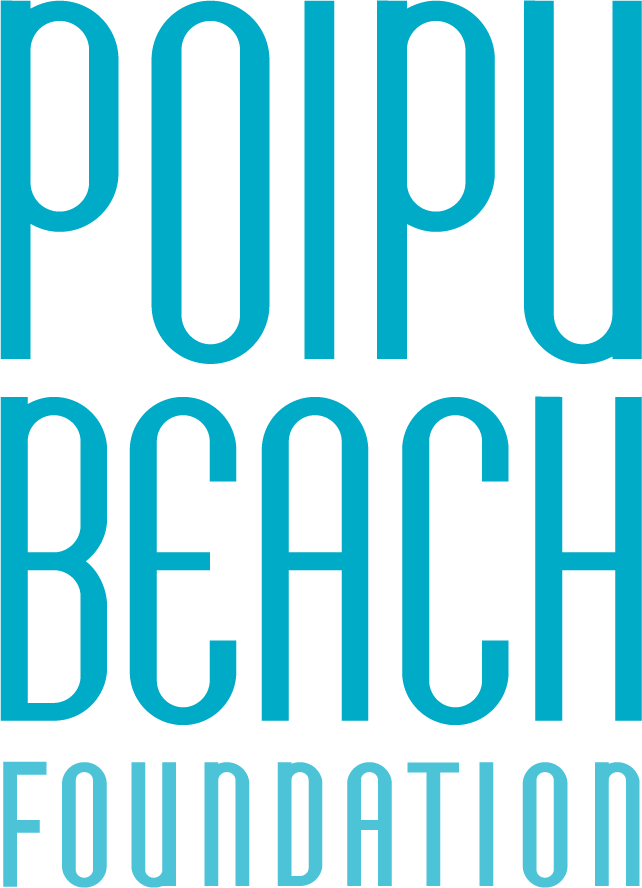Most people don’t associate Hawai’i with having severe weather occurrences, albeit hurricanes. In fact, one of the very reasons many visitors flock to the islands is to escape extreme weather conditions of their home for a warm, balmy tropical paradise. While Hawai’i’s weather is mostly mild year round, the islands are not 100% protected from severe weather.
June through November of each year is Hawai‘i’s hurricane season. While hurricanes are a rare occurrence, past storms have caused significant damage throughout the island chain, including Kaua‘i. Hurricane Iniki, a Category 4 hurricane with sustained winds of 130 mph, passed directly over Kauai in 1992. Ten years before this, Hurricane Iwa also caused major damage to Kauai, Oahu and Niihau.
Modern day technology is a beautiful thing. Today, national weather forecasters are able to track the path of hurricanes and tropical storms way in advance, giving people ample time to get prepared.

Image Source: Nasa Earth Observatory
Here are a few tips of what to do before, during and after a hurricane:
Before
- Know the difference between a hurricane watch and a hurricane warning. According to the National Oceanic and Atmospheric Administration (NOAA), a hurricane watch is an announcement that hurricane conditions are possible within the specified area. Watches are issued 48 hours in advance of the anticipated onset of tropical storm force winds. A hurricane warning is an announcement that hurricane conditions are expected within the specified area and will likely hit within 36 hours. Listen to local radio forecasts, go online to official weather pages, or watch the news for updates on the hurricane status.
- Find out where the nearest evacuation shelter is located. All resorts and hotels have evacuation plans and should be able to provide updated information around-the-clock. Take advantage of other resources, such as social media, to find updates from local news media on any impending disaster.
- Buy food, water and other emergency supplies. Because Hawai‘i is so far from the continental U.S., food and other supplies could take some time to arrive after a hurricane. Make sure to have enough food and water to last several days, as well as buy flashlights, batteries, first aid kit and other emergency items. If you have a rental vehicle, it may also be a good idea to fill up the gas tank.
- Call the airlines. If you are scheduled to leave the day a hurricane is anticipated, you may want to call your airlines and confirm that the airport is still open and flights are departing. This will help you avoid getting stuck in traffic by being on the road unnecessarily.
During
- Find immediate shelter and stay there. Stay indoors away from windows and doorways where you may possibly be exposed. Do not attempt to drive around to witness the huge ocean swells or damage occurring due to high winds and rain. Definitely do not attempt to go swimming. Hurricanes are natural disasters that should always be taken seriously.
- Avoid using the phone. Phone lines can instantly be cluttered by calls going out. While it is important to inform your friends or family members of what is happening, try to avoid making unnecessary phone calls.
After
- Wait for the all clear. Local authorities will announce when it is safe to go outside. Until then, stay calm and wait patiently.
- Stay away from rivers, streams, and beaches. Possible dangerous debris may be all around. To avoid risk of getting hurt, it is best to wait for these areas to be officially reopened before attempting to go back.
Some helpful links in the event of a hurricane watch or warning are:
- National Oceanic Atmospheric Administration Central Pacific Hurricane Center: https://www.prh.noaa.gov/cphc/
- Hawai‘i Emergency Management Agency: https://www.scd.hawaii.gov/index.htm
- Kaua‘i Civil Defense Agency: https://www.kauai.gov/CivilDefense
We hope that a hurricane or other natural disaster never strikes while you are on vacation, but in the event that one occurs, it’s always best to be prepared.
